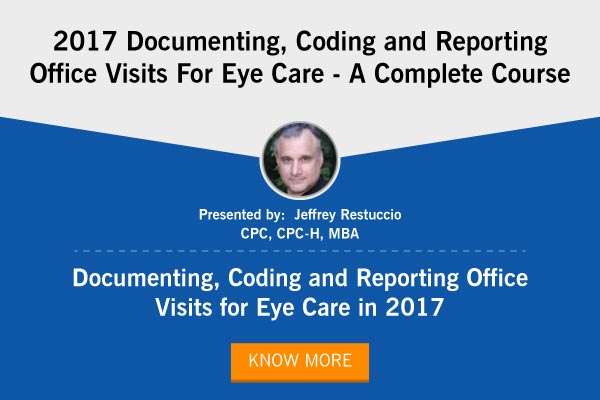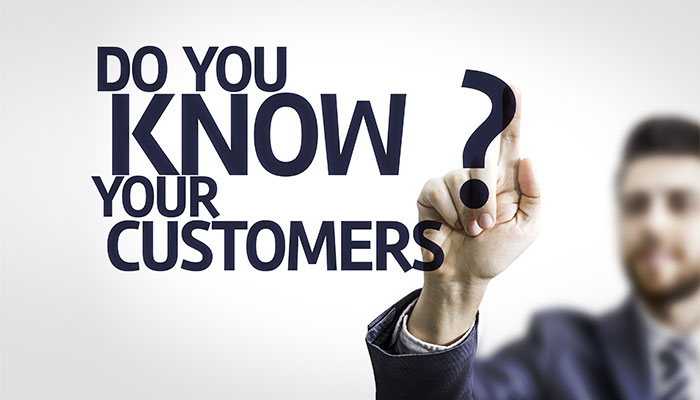It is imperative for a marketer, retailer or manufacturer to be extra cautious while drafting the  product warning labels. You may sometimes tend to avoid mentioning certain bits of information on the label, thinking that such information is a matter of simple common sense and is obvious. However, real-life examples have demonstrated that mistakes of such nature have had fatal consequences. It is important that companies should be extremely cautious about what they write on their product warning labels to avoid such cases.
product warning labels. You may sometimes tend to avoid mentioning certain bits of information on the label, thinking that such information is a matter of simple common sense and is obvious. However, real-life examples have demonstrated that mistakes of such nature have had fatal consequences. It is important that companies should be extremely cautious about what they write on their product warning labels to avoid such cases.
Here are a few frequently asked questions that might arise while drafting product warning labels:
- Is it possible for multiple product warning labels to protect poorly designed product manufacturers from liability?
No, US have hierarchy when it comes to reducing risks. Hazards need to be eliminated in the design, and whenever that is not possible, the risk of harm needs to be reduced through protective device or guarding. Only after exhausting the means, should the residual risks be addressed through warning.
- If manufacturers have a legal duty to ‘warn’, when can they do it?
It is the legal duty of manufacturers to warn consumers of any potential dangers that may not be apparent to them. Instructions must be provided abundantly, according to some court rules, even in cases of open and obvious dangers. The duty of warning is extended to all kinds of dangers that the user might face while using the commodity. Few courts have been known to hold manufacturers liable for failure on their part to warn consumers of product dangers that weren’t knowable at that point of time.
- When may I consider my labels ‘legally adequate’ according to United States Laws?
Product safety labels exist to fairly warn users of the risks involved in using the product, which may otherwise not be perceived by them. Before developing the safety labels, it is important that manufacturers keep three basic elements in mind: a) hazards associated with actual use; b) user population and its characteristics; and c) environment type where users and product interact. The label itself has to convey three critical pieces of information to the user. They are:
1) Hazard and its nature; 2) what consequences might arise from encountering such hazard and 3) action to be taken to avoid such hazard.
- Is it important for components to be marked CE if the marketing is to be done in the E.U?
Generally not, as it is the responsibility of the system integrator to evaluate the end product so that it conforms to the CE requirements of marketing. However, it is important to evaluate the safety requirements for conforming to CE Marking requirements and it is important that it is accompanied by a Declaration of Conformity stating clearly that this has been done.
As manufacturers/retailers/marketers, if you’re assuming that you don’t need to provide certain kind of information or warning on product warning labels, think again! Join expert speaker Kristi A. Davidson in this pre-recorded webinar where Kristi will provide you real-world examples of warnings and labels found by large and small organizations. Find out what you can understand for them so that you can avoid potential lawsuits. For more conferences and webinars on CPG industry trends, visit AudioSolutionz.


